How Does the World Calendar Work?
The world calendar is a timekeeping system that counts days from a particular event. The event can be anything: the first day of the year, the birthday of a particular person, or even an important historical event.
The world calendar is also known as the Julian Calendar or the Solar Calendar.
There are 12 months in this system and it consists of 365 days in total. This means that every year has 12 months and every month has 30 days with one day left over at the end of December to make up for all those extra hours in a leap year (every 4 years).
This means that there are about 365 ¼ days in this system which is about 11 minutes less than 365 full days (365 ¼ = 365 + 11/4).
The World Calendar is a proposed reform of the Gregorian calendar system.
The World Calendar is a proposed reform of the Gregorian calendar system. It was created in 1923 by American architect and inventor Charles F. Meade, who wanted to “unify the world”. The world calendar would have made each day of the year identical to that in any other country, thereby eliminating many sources of international discord and confusion.
The world calendar is a universal time system. It is the basis for all modern calendars.
The world calendar has been in use for centuries and it is the most accurate and widely used timekeeping system in the world.
The world calendar is a mapping of the days of the year onto a grid. This grid has 12 columns and 13 rows, with each column representing one month and each row representing one day.
The world calendar was created by combining two different calendars: the Gregorian Calendar and the Julian Calendar. The Gregorian Calendar is used in North America, much of Europe, and most other countries that use the Western Hemisphere as their time zone. The Julian Calendar is used in Russia and many Eastern European countries that use Eastern Standard Time as their time zone.
The World Calendar is a proposed reform of the Gregorian calendar to make it more rational and useful.
The World Calendar is a proposed reform of the Gregorian calendar to make it more rational and useful. The World Calendar has a year of 365 days, divided into 12 months of 30 days each, plus 5 or 6 intercalary days at the end of December.
The World Calendar has a week with 7 or 8 days, depending on whether you count the first day as part of the week. (This would be like counting Monday as part of Tuesday). A month starts on Sunday and ends on Saturday.
The world calendar was first suggested in 1923 by Richard Duncan-Jones in The Rationalist Annual for that year.
The world calendar is a way to display the date and time in an intuitive and easy-to-understand format. It’s also called a linear representation of time because it displays the progression of dates as a straight line.
The world calendar has two lines, one for each day. The top line is for the day, while the bottom line is for the night. The top line represents daytime hours from midnight to noon, while the bottom line represents nighttime hours from noon to midnight.
The World Calendar is a tool for organizing time and space. It was invented by Edwin H. Friedman in 1987 as a response to the need for a more inclusive approach to time.
The World Calendar is made up of 13 months, each with 28 days, totaling 364 days in the year. This means there are no leap years and every day of the week falls on the same date every year.
The World Calendar has been used in many ways, but most notably as an educational tool for teaching about cultures around the world and as an organizational tool for businesses and organizations who want to be inclusive of people from all over the globe.
The world calendar is a timekeeping system that is used to organize and plan events. The world calendar divides the year into 24 equal segments called hours. Each hour is divided into 60 minutes, each minute into 60 seconds, and each second into 1000 milliseconds.
There are many different ways to measure time. In addition to the world calendar, there are also 12-hour clocks, 24-hour clocks, and calendars based on the lunar cycle or solar cycle.
The World Calendar is a proposed reform of the current Gregorian calendar system designed to better reflect the reality of human society. The World Calendar is designed to be a perpetual, solar-based, 13 month calendar with no leap year adjustments.
The World Calendar was first proposed in 1923 by Moses Cotsworth. The idea was criticized by George Eastman and others as being too radical, but it has been rediscovered and reassessed in recent years as a possible improvement over the current Gregorian calendar system.
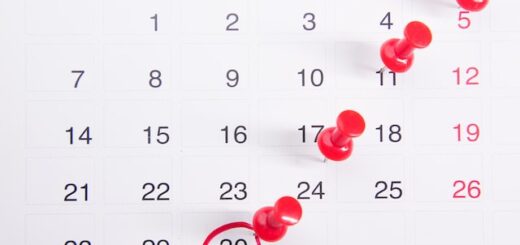











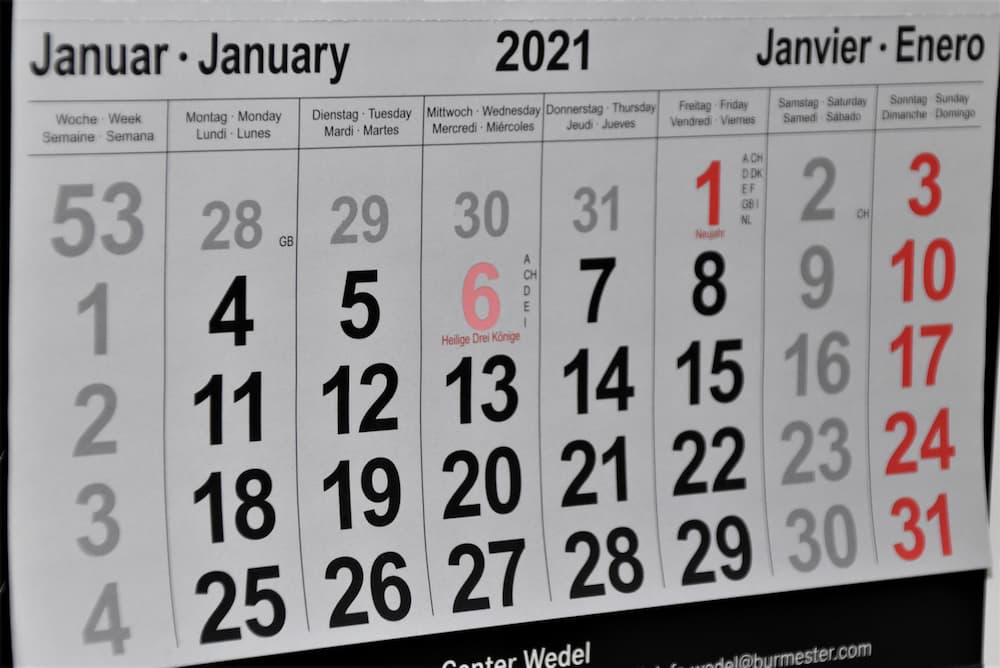
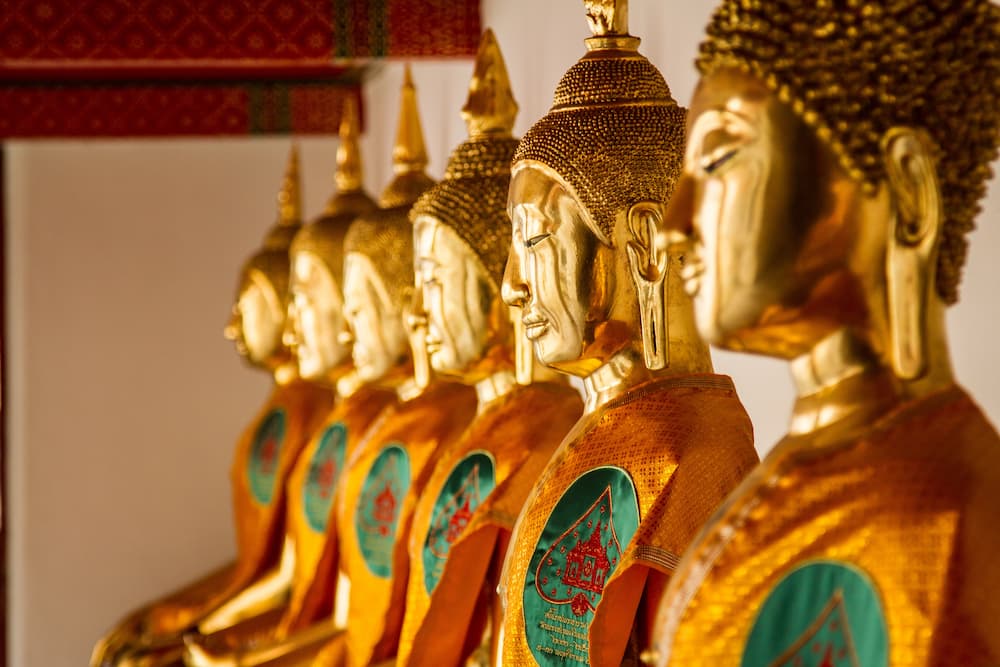
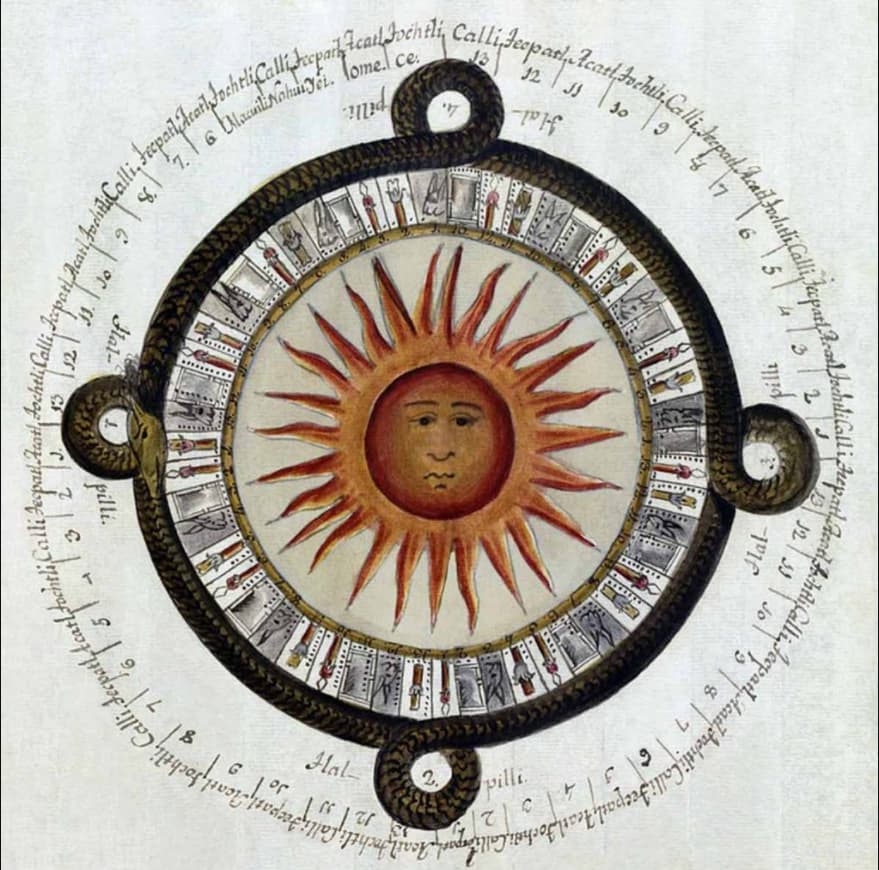





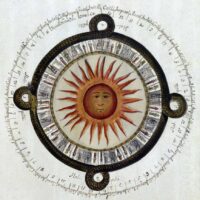


Recent Comments